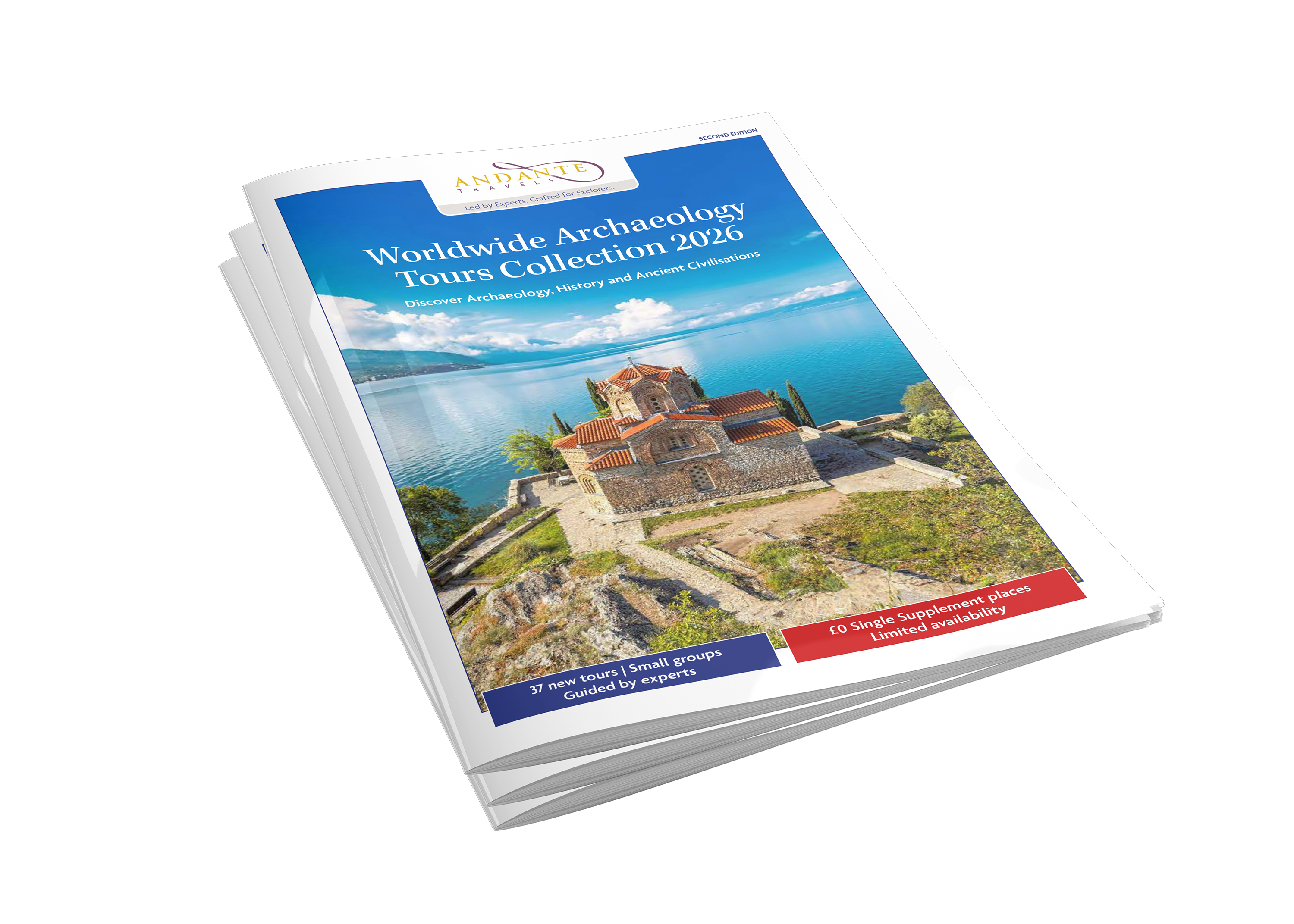Rome: The Eternal City
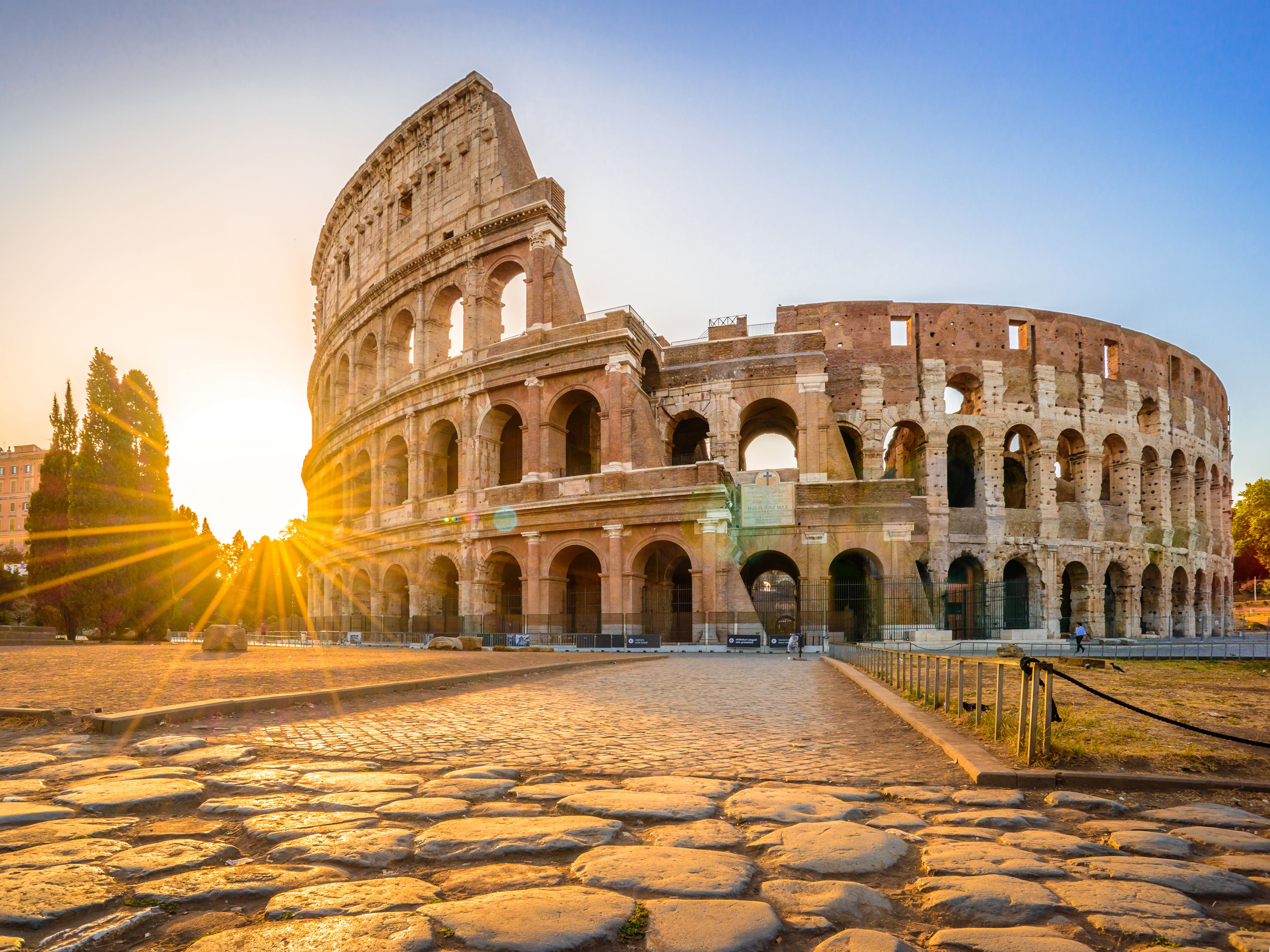
Rome is one of the most charismatic and engaging of the great cities of the world, her monuments an omnipresent testament to a past in which she controlled an Empire reaching from Scotland to Syria. Surprisingly, it is also an intimate city – the historic centre is small, and it is easy to understand based on the ancient layout.
Join Andante on our Rome tour for the perfect introduction to the ‘Eternal City’ in the company of archaeologist and historians who will bring to life the triumphs, tragedies and political intrigue that characterised the Roman Empire. We stay at the Albergo Santa Chiara in the very heart of the ancient city, situated directly behind the Pantheon, the perfect base for exploring Rome. It has been privately owned by the Corteggiani family since 1838 and consequently retains a feel of personal warmth and friendliness.
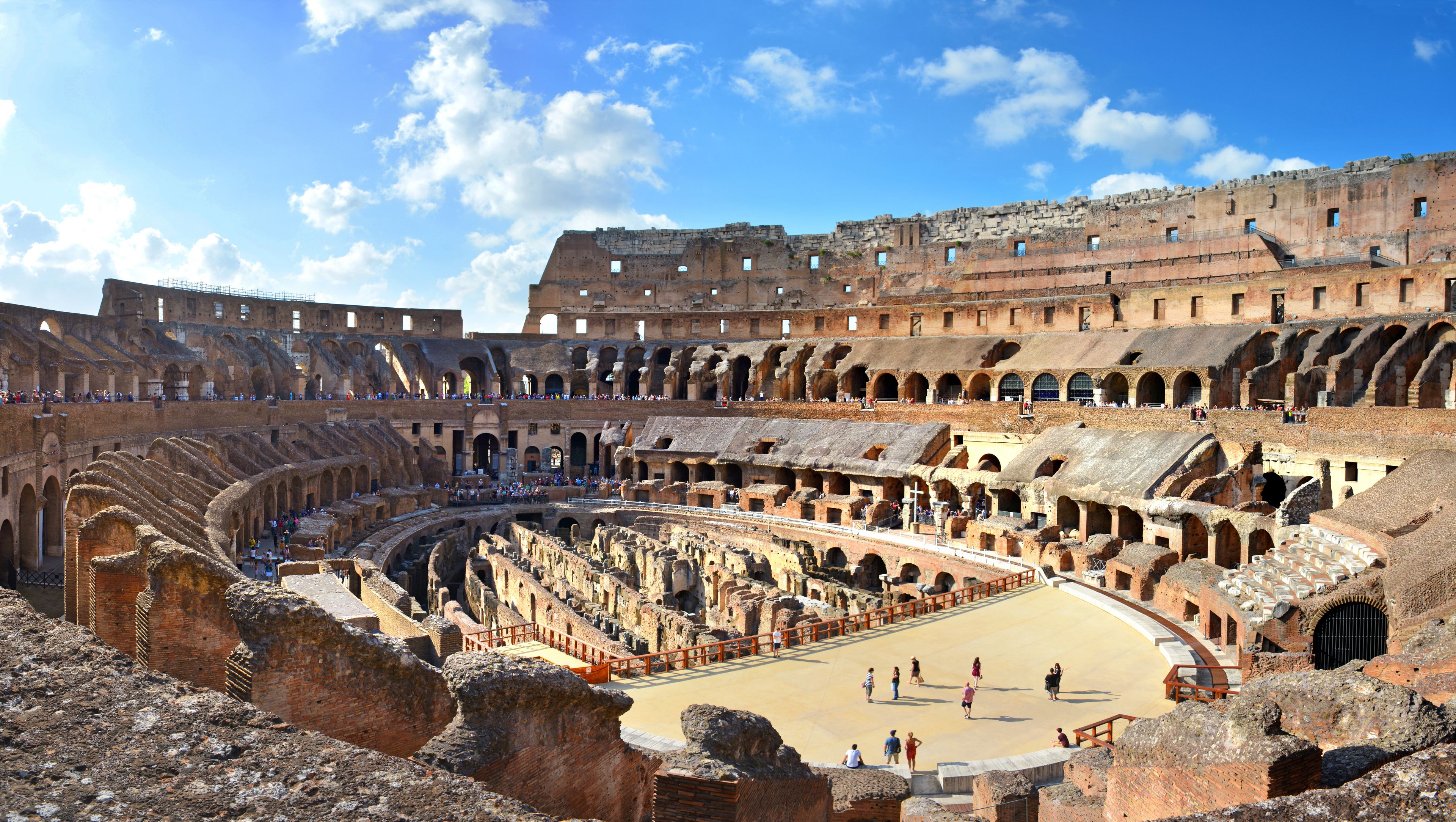
The Colosseum
The shifting movements within art, entertainment, religion and politics are forever engraved on the Colosseum, the eternal city’s iconic amphitheatre, where gladiators once fought. The elliptical arena’s construction, carried out by 100,000 workers, began in 72 by Emperor Vespasian, who tore down the previous ruler Nero’s palace and ordered for the Colosseum to replace it, on a far grander scale. It became a fashionable place to enjoy entertainment – gladiator fights and executions attracted huge crowds. It even hosted mock sea battles, as they would seal up the holes and flood the entire lower area of the stadium, allowing mock naval battles to take place inside.

Forum
Offering a fascinating glimpse into this ancient civilisation, the Roman Forum is where the ruins of ancient Rome’s political and social centre can be found and is one of the most significant archaeological sites in the world. Once the heart of public life for the Romans, it hosted triumphal processions, elections, public speeches, trials and more. From the 7th century BC onwards, the forum soon became more than a bustling religious, administrative and legal hub and made increasingly grandiose by the Imperial period. Julius Caesar and Augustus made extensive renovations – marble paving and columns to showcase power, wealth and military success. Today, notable highlights include the Temple of Saturn, the Arch of Titus and the Basilica of Maxentius, while excavations are still ongoing to hopefully unearth new evidence about Rome’s exact age.
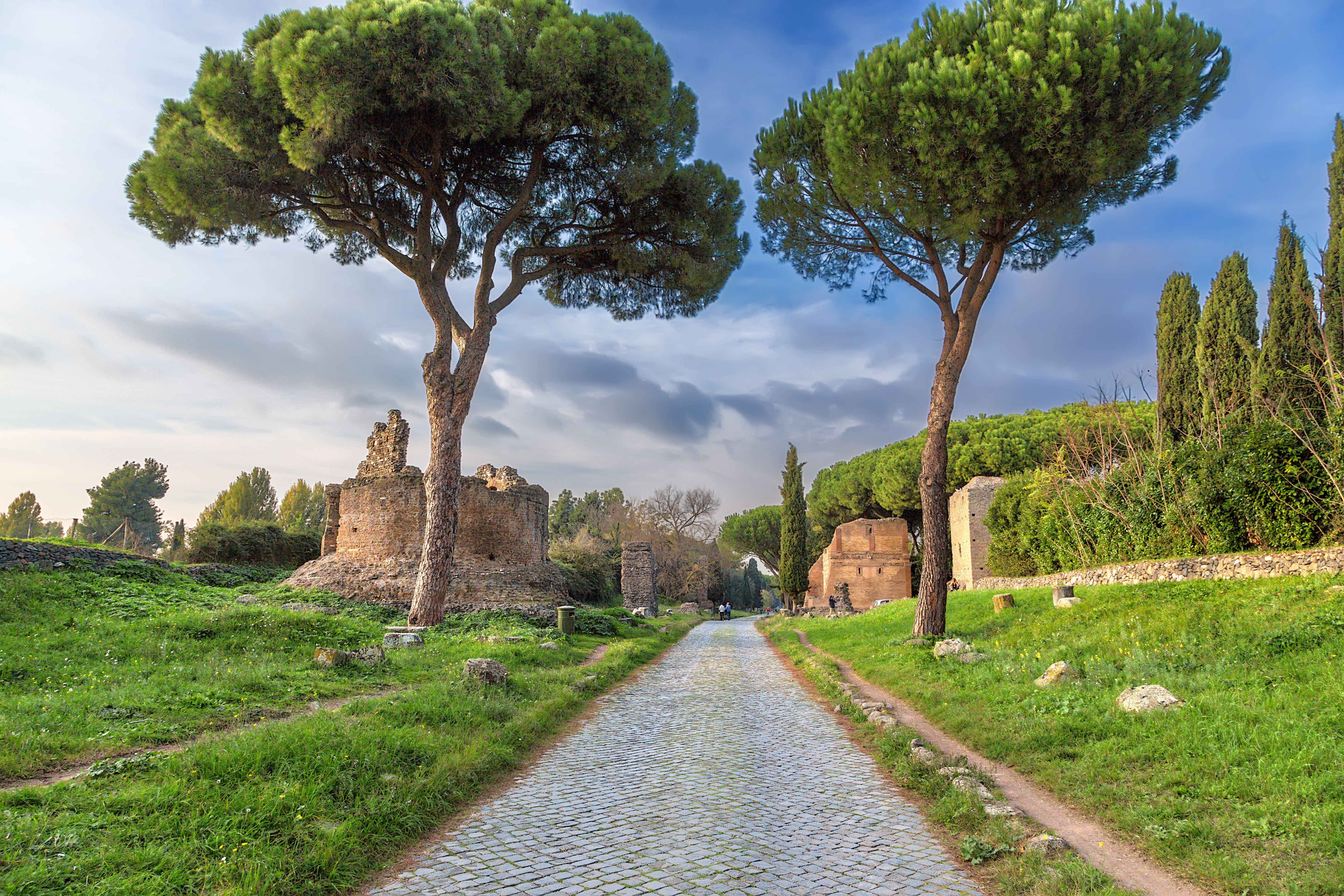
The Appian Way
The Appian Way was used as the main route for military supplies to aid the conquest of southern Italy, connecting Rome to Capua and allowing the troops to move quickly across the Empire. One of the most strategically significant roads of the ancient republic, its construction began in 312 BC and was named after the Roman censor Appius Claudius Caecus. Stretching for over 350 miles, it remains a marvel of Roman ingenuity and even featured a sophisticated drainage system to prevent flooding. Surrounding it, in tranquil countryside, were the villas of the senatorial aristocracy, including the Villa of the Quintilii. This vast suburban estate was so sumptuous that the emperor Commodus executed its owners and confiscated it. The equally extensive Villa of Emperor Maxentius was built as a dynastic centre for his family. It includes the palace villa, a chariot racing circus and a large mausoleum. As of July 2024, the Appian Way was added to the UNESCO World Heritage List and offers other landmarks along the route, from baths and temples to mausoleums and tombs.
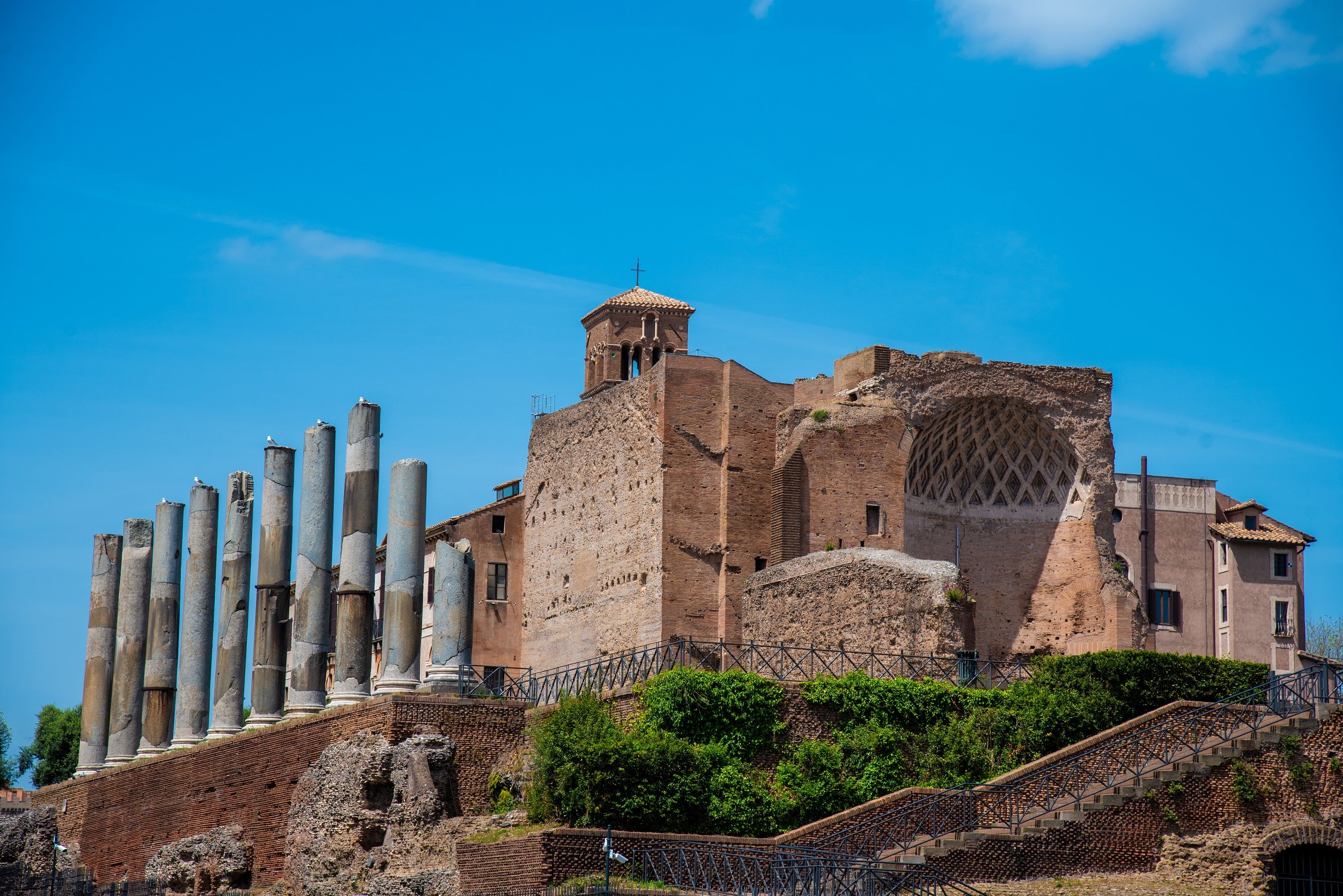
Domus Aurea & Caelian Hill
Emperor Nero built Domus Aurea, the Golden House, after the great fire of Rome, with the intention of creating a countryside in the city, and as such included artificial lakes, fountains, vineyards, as well as flocks. The megalomaniac building was eventually demolished by his successors and can now only be visited at certain times, in groups, where its ongoing restoration can be viewed. Caelian Hill is one of the famous seven hills of Rome and home to several ancient Roman houses known as the Domus Romane Del Celio, which date from the 2nd century. The site includes beautifully preserved frescoes and provides insights into the daily lives of its inhabitants.
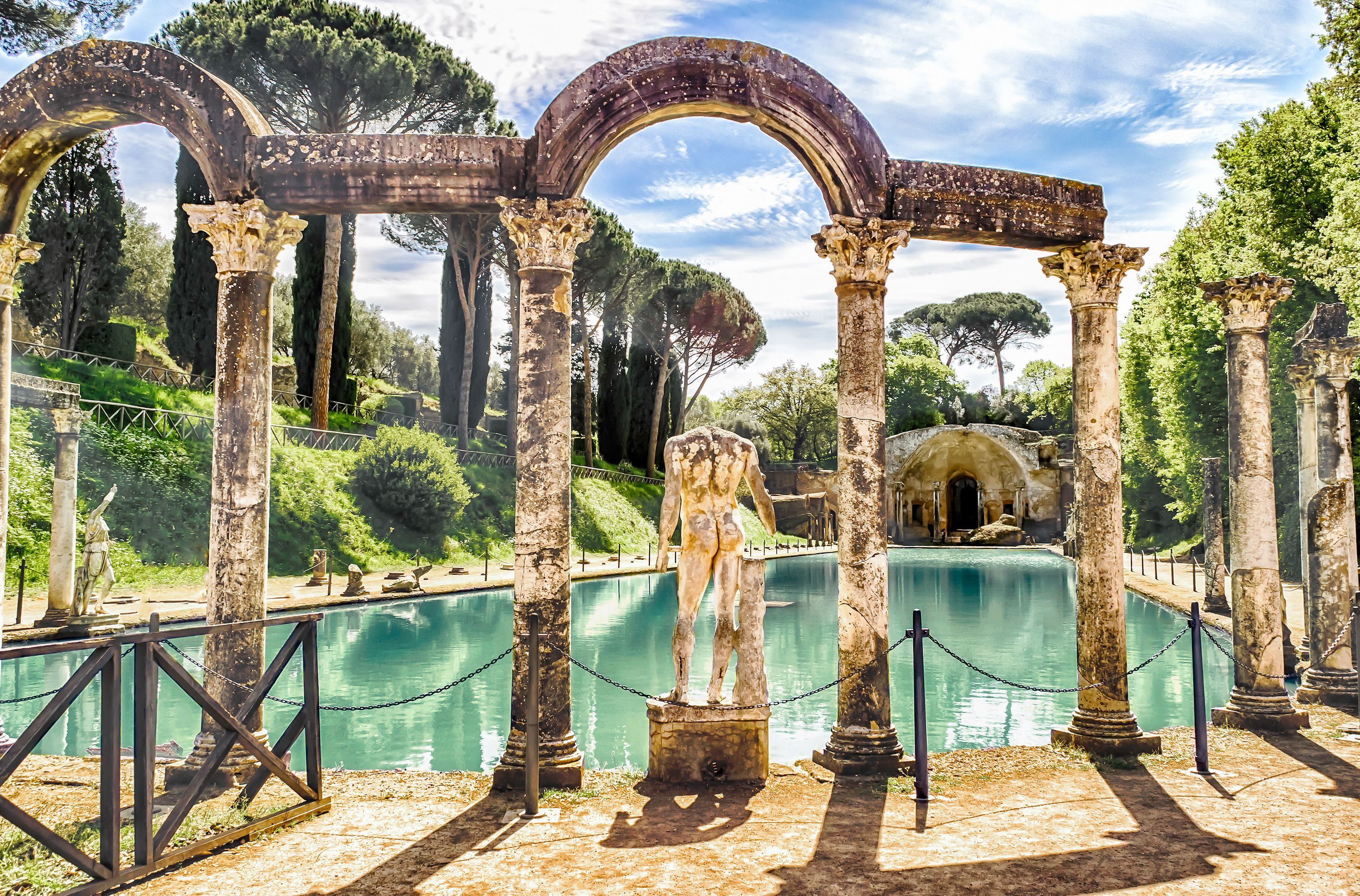
Tivoli
Tivoli is where Emperor Hadrian chose to build his palace, Hadrian’s Villa, which sprawls across the rolling countryside at the foot of the hills below the town of Tivoli. Beginning around AD 117 Hadrian took a small family villa owned by his wife and added on a whole series of grand pavilions, including temples, barracks, theatres, gardens and fountains, many of them modelled after places he had seen on his travels around the empire. The complex ended up larger than most Roman cities and has been listed as a UNESCO World Heritage Site since 1999.
The Romans considered water an element of high capital importance and the growing number of Roman imperial baths signified their growing power. Due to the abundance of sulphurous water in Tivoli, the baths were established here and deemed to have therapeutic properties.
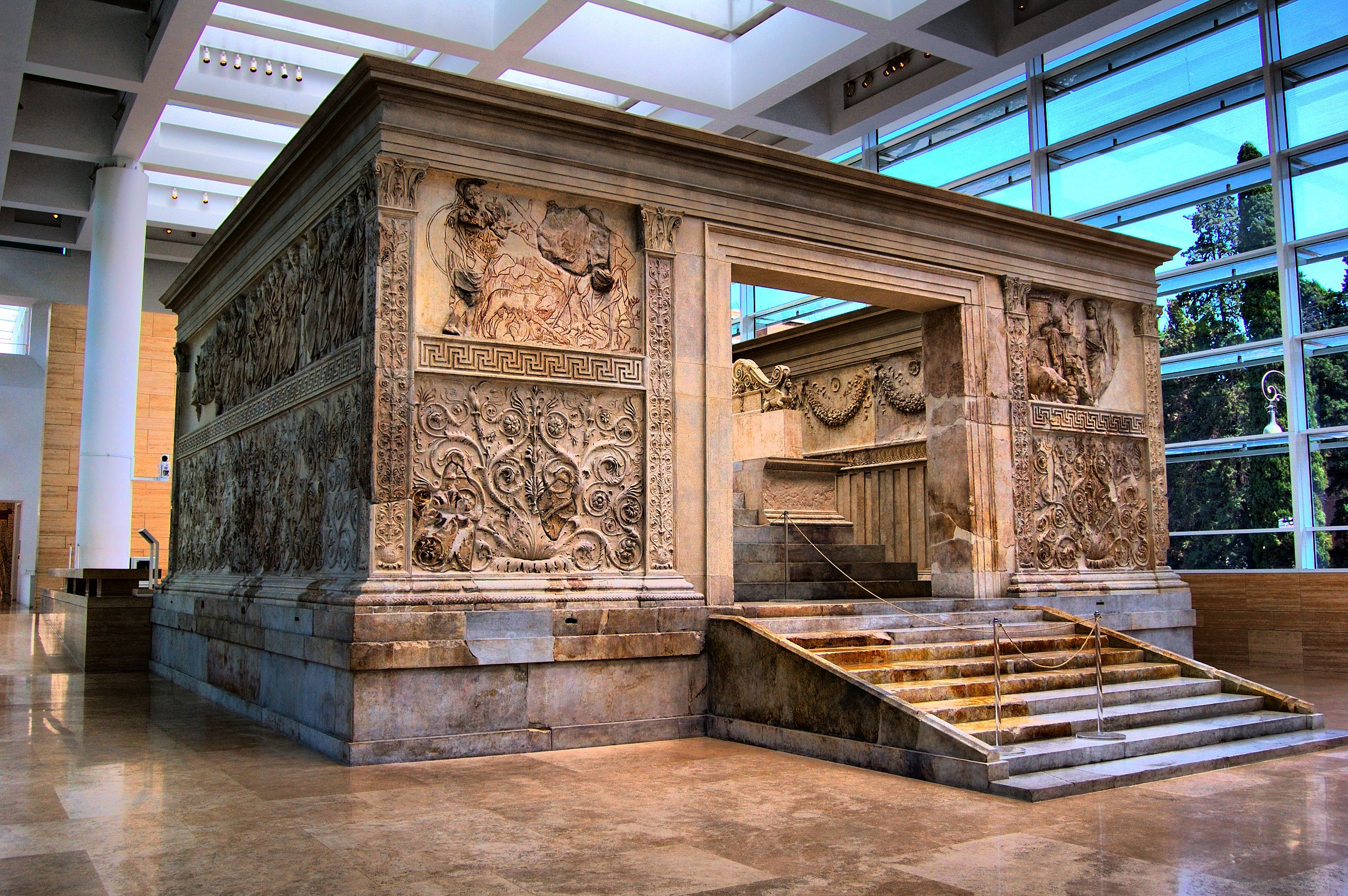
Ara Pacis
Ara Pacis, a marble altar, was commissioned by the Roman Senate to honour the return of Augustus, after his campaigns in Spain and Gaul. The intricately carved alter serves as propaganda for Augustus, depicting the transition from the riotous times of civil war, the Roman Republic’s chaotic era to a more peaceful era under Augustus, known as the ‘Roman Peace.’ The animation and individuality of the figures represent not only a change to calmer waters but also a growth in arts and culture during this time.
NEWSLETTER
Opt-in to our email newsletter and hear about new offers first – view our privacy policy for details.
